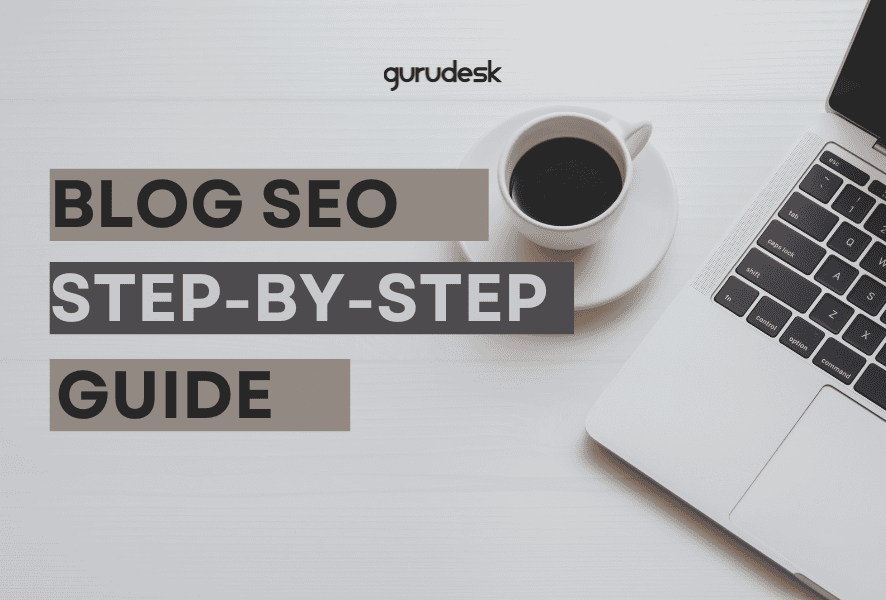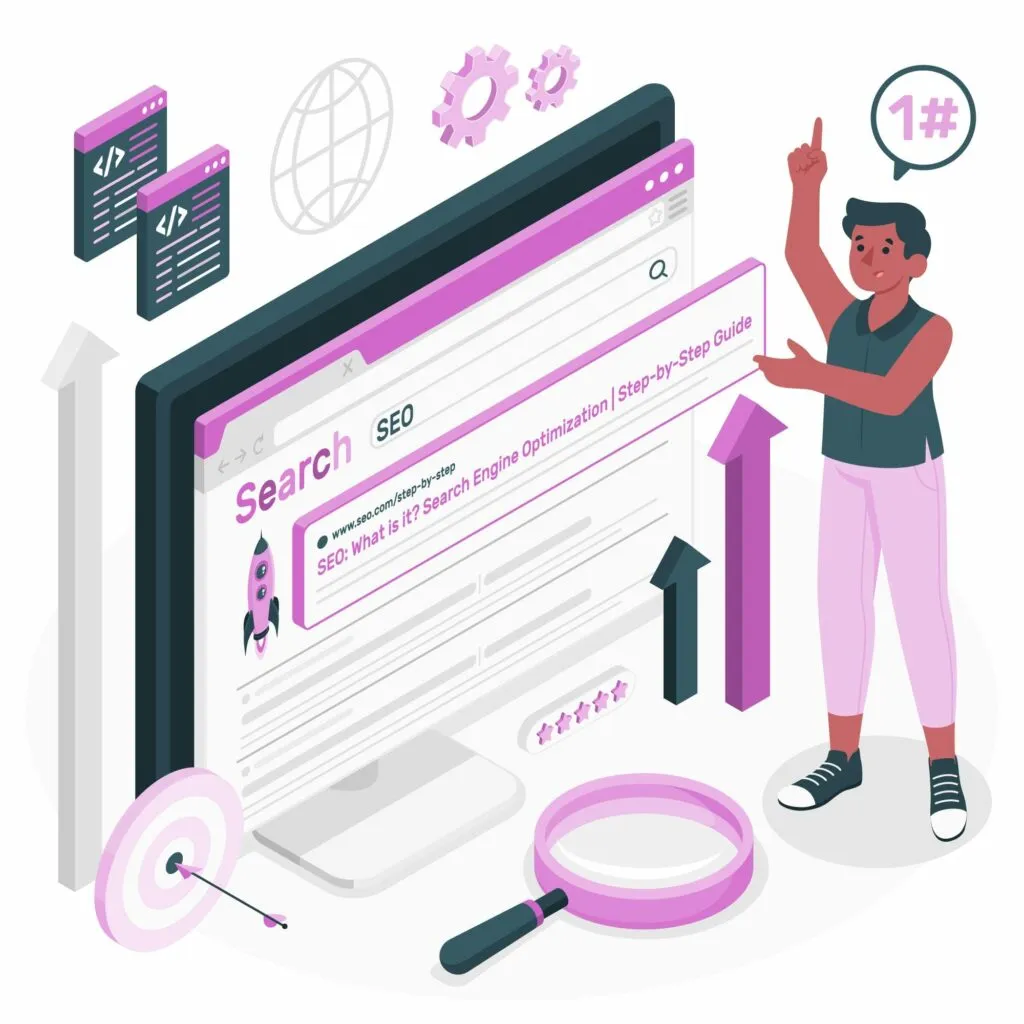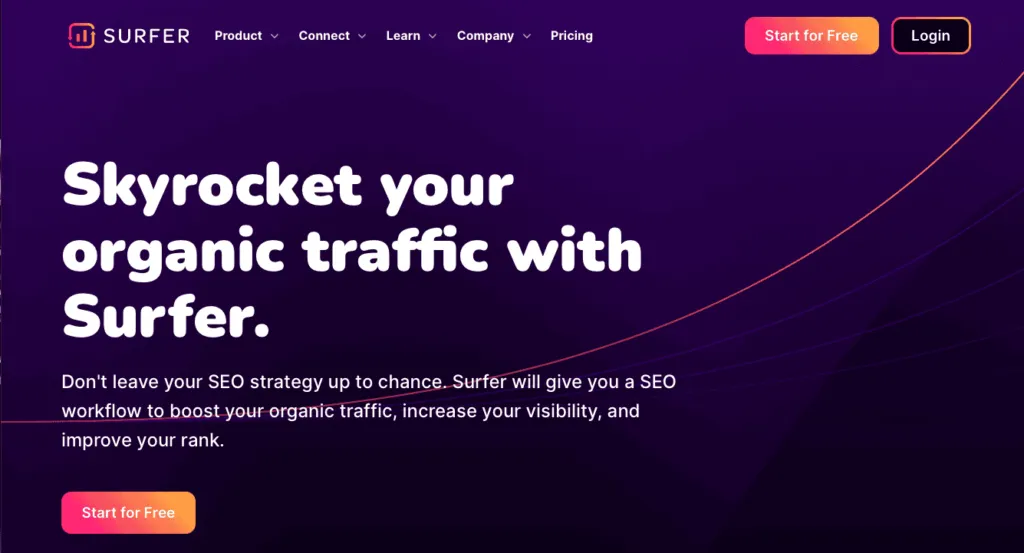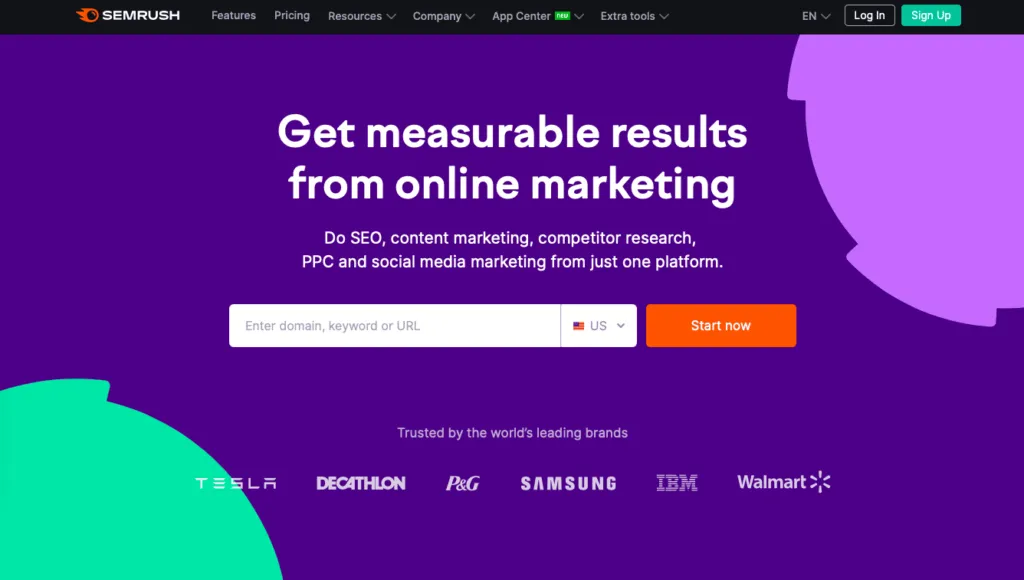
Blogs are considered a vital aspect of a website. With more and more businesses going live, it is important to make use of your blog and, before anything else, start optimizing your content.
Blogging assists your site by positioning it as a relevant answer to multiple individuals’ questions. Search engine optimization (SEO) for blogs is the process of maintaining a blog for this purpose.
Blog SEO: How to Blog

Before delving deeper into search engine optimization, it’s best to give a basic introduction to what blogging is! Blogging refers to the publication of written content online.
Typically, topics involve particular themes and include texts, images, infographics, and other forms of media.
Blogging and Improved SEO

When it comes to ranking factors, you need to understand the fabrications of search engines and the brain behind the machine. Here are the different ways blogging can help you optimize your site:
Organic Click-through Rate: Blog SEO
A blog has so much potential. Whether it be to answer navigational, informational, or transactional queries, blogging creates relevant content for more keywords as opposed to other kinds of pages.
As a blogger, you manage to receive more organic clicks through the creation of content that is frequently searched, which in turn improves your SEO.
Index Coverage: Blog SEO
A short summary: Indexing is finding content and adding it to the index. After which it is easily retrieved and displayed in the SERPs of a user searching relevant keywords.
Creating relevant, link-worthy content helps encourage Google to push your site forward. A blog grants a reason to post new, updated, and improved content onto your site consistently, therefore leading to frequent indexing!
Backlinks: Blog SEO
Search for a keyword of your choice. Visit the top sites that grant you the answer. When you browse through their site, you are able to see links that lead to other sites. Hence, when other websites link to pages on your site, it shows search engines (Google, Bing, etc…) that your site is respected, thereby improving site’s ranking over time.
Internal Links: Blog SEO
Internal links make it easier for people to find the content they’re looking for, within your site. They also assist in directing site traffic to other pages that may assist users. Think of internal links as a navigation tool to help users visit other pages through the links offered on your site.
Blog SEO Strategy

In order to improve organic search results, a blog SEO strategy that is comprehensive and informative needs to be well thought out. With search engines making frequent updates, your business goals may easily change. Keep in mind that it takes an average of three to six months for any post to begin ranking on Google.
Blog SEO Best Practices
In order to target the necessary results that will boost your chances of ranking high on search engines, you need to incorporate the following practices:
Identify the Target Audience

Speaking to your primary audience is essential to booming in the industry you hope your blog to surround. Understanding who and what your audience is and what you want them to do when they’ve browse your blog will help your overall blog strategy.
Buyer Personas are fictional representations of your ideal customer. Developing multiple buyer personas gives you a chance to understand how to best tackle your targeted audience.
Conduct Keyword Research
As we mentioned in our How to Write Blog Posts, Keyword search is one of the most important practices. How else will you know how to best create content, if you don’t know which keywords rank high and are in demand?
With your target audience in check, it’s important to expand or contract your scope by creating a spreadsheet and accumulating the best keywords revolving around your topic of interest, which would be what your blogs are about.
Add Visuals
Visuals are important factors that go into Blog SEO! With humans relying heavily on their senses, you need to make sure that visuals are incorporated, entertaining, break up chunks of text, and most importantly, are SEO optimized! Search engines tend to showcase images when an individual searches for something.
But that’s not all, it is vital that the visuals used be optimized by using compression software.
In order to achieve a space in search engines, you’ll want to design creative graphics, use original visual elements, and add descriptive alt texts to assist every individual, regardless of their limitations.
Write a Catchy Title
Writing a catchy title is somehow what makes or breaks you. Why? Well, if it’s not captivating enough, individuals will have to move on to other options presented within search engines. What are the components of a catchy title? Questions, data, and leads that will leave your readers curious enough to click and read your content.
Include an Enticing CTA
CTA, which stands for call-to-Action, is an indicator of what action you want your readers to take. Whether it’s to have them subscribe to a newsletter or purchase a product or service, a well-written CTA will have your readers follow through with the action.
Reader’s Experience
Experience might always be the most vital aspect of everything in the world. With people formulating different experiences, it is vital that you focus on the reader’s experience. Writing clear, comprehensive, and easy-to-digest content helps the reader scan your blog to quickly find the information they need.
By focusing on the reader’s experiences, you’ll be able to know and organize the post accordingly to achieve the goal you’ve set. Faster than you know it, your blog posts will be optimized for the search engines!
Recommended Blog SEO Applications
There are several Blog SEO applications that assist you in finding relevant keywords for your content and overall page SEO. Some of which are:
- Surfer SEO: Examines the highest-ranking pages for a particular keyword and suggests ways to boost your own page’s performance in search results by adopting their best practices.

- Semrush: SEMrush is an all-in-one marketing toolkit that offers a range of SEO features, including on-page optimization, keyword research, and backlink analysis. It also includes a site audit tool that helps you identify technical SEO issues.

Blog SEO
Buying your traffic is one thing, but faking it till you make it does not do well when search engines are monitored.
Optimizing your blog for search engines is essential in order to attract organic traffic and, therefore, grow your online presence. Now that you have the practices, you can improve your search engine rankings and visibility.
Keep in mind that high-quality, engaging content that resonates and entices your readers is crucial when expecting to build long-term relationships and establish your authority in your chosen field.
GuruDesk offers its clients SEO reports that assist them in navigating which content ranks highly and what needs work. Think about investing in a company that always puts your needs first!
TAGS:
Join the GuruDesk community and be among the first ones to discover the hottest trends in web services! We are a team of web experts and we love sharing our knowledge and experience with our readers! We share tips and tricks on a wide range of topics, including web development, cloud services, and hosting. Whether you are a seasoned pro or just starting out, we promise you will find valuable information here. So go ahead, hit that “Subscribe” button and let the fun begin!






